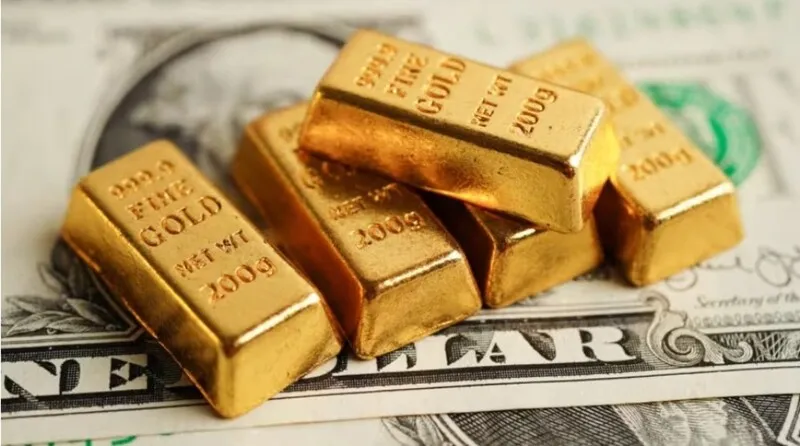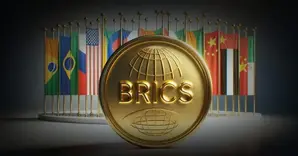The demand for gold is steadily rising, as global banks continue to stockpile gold in a massive new spree. Donald Trump’s tariff regimens have weakened the US dollar to a point where the USD is unable to regain its former glory. This rush has also been strengthening other asset classes such as cryptocurrencies, with Bitcoin, which is currently eyeing a new price spot of $123K. However, as of now, gold is emerging as the top asset for global central banks to hold around the world.
Also Read: Gold Surges Near $3,360 After Weak Jobs Data Fuels Fed Cut Bets
Gold Is Favorite Asset to Hold, Per World’s Central Banks

As per the new stats shared by the Kobeissi letter, the World Central Banks’ gold stockpiling spree is yet to catch a break. The new statistics shared by the KL platform noted how the world’s central banks have aggressively bought gold in Q2, amounting to 166.5 tonnes.
Moreover, the amount represents a hike of 41% above the average quarterly basis between 2010 and 2021.
“BREAKING: World central banks bought another 166.5 tonnes of gold in Q2 2025. This is ~41% above the average quarterly purchase between 2010 and 2021.”
The platforms noted how the demand for gold is likely to rise in the future, with 95% of central banks planning to increase their holdings in the next 6 to 12 months.
“This also brings total purchases in the first half of 2025 to 415 tonnes, the third-largest H1 on record. Demand is likely to remain strong, with 95% of central banks expecting global gold reserves to increase over the next 12 months. Central banks are still piling into gold.
BREAKING: World central banks bought another 166.5 tonnes of gold in Q2 2025.
— The Kobeissi Letter (@KobeissiLetter) August 4, 2025
This is ~41% above the average quarterly purchase between 2010 and 2021.
This also brings total purchases in the first half of 2025 to 415 tonnes, the third-largest H1 on record.
Demand is likely to… pic.twitter.com/nVjY36haMe
Why Is This Asset Rising Rapidly On The Radar?
Gold is currently the number one asset for banks to hold at the moment. According to JPMorgan on a weaker US dollar, this is a key factor driving this change. Rising economic Uncertainty is also a major fueling component, ballooning the price of gold at present.
“Traditionally, a weaker U.S. dollar and lower U.S. interest rates increase the appeal of non-yielding bullion. Economic and geopolitical uncertainty also tends to be positive drivers for gold, due to its safe-haven status and ability to remain a reliable store of value. It has low correlation with other asset classes, so it can act as insurance during falling markets and times of geopolitical stress.”
Moreover, the bank stated the metal’s role has now evolved, with the asset acting as a hedge against a currency’s falling purchasing power.
“But given gold’s diverse and fluid drivers of demand at the moment, the metal has recently served both as a debasement hedge—or a form of protection against the loss of a currency’s purchasing power due to inflation or currency debasement—and in its more traditional role as a non-yielding competitor to U.S. Treasuries and money market funds.”
Also Read: Goldman Sachs: De-Dollarization Forecast Spurs New Financial Trends






